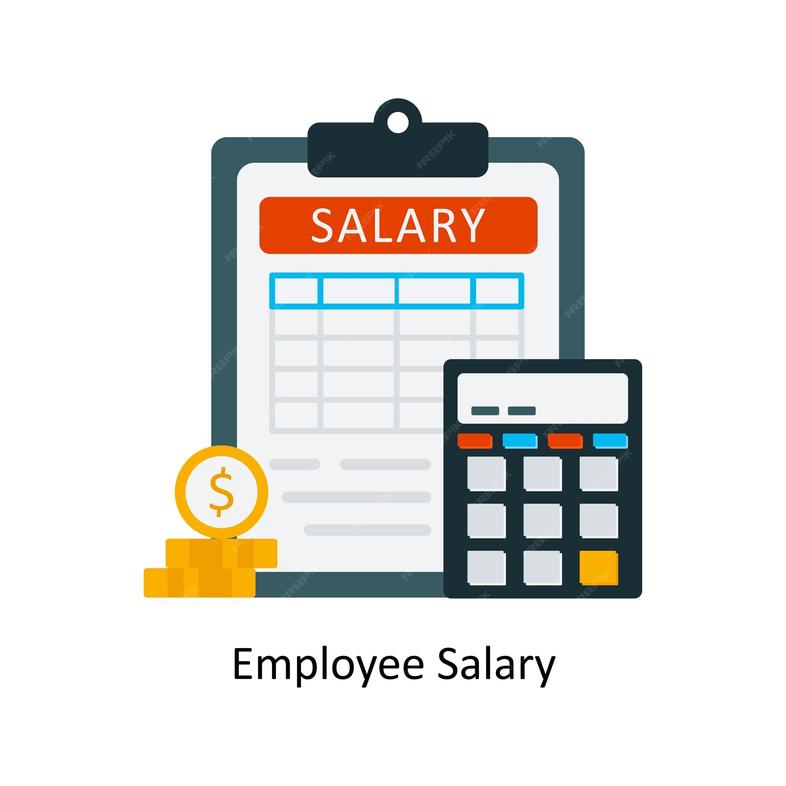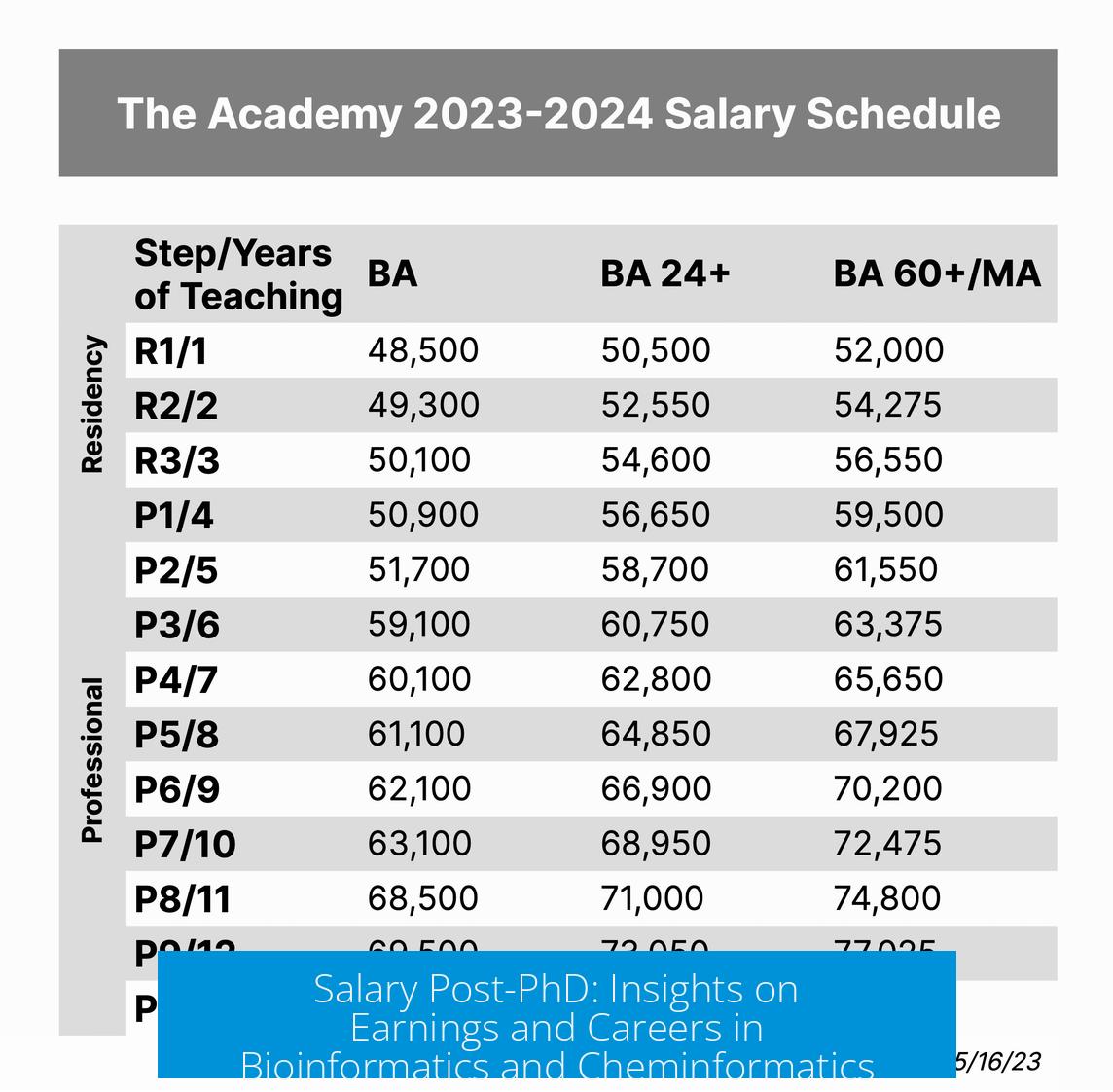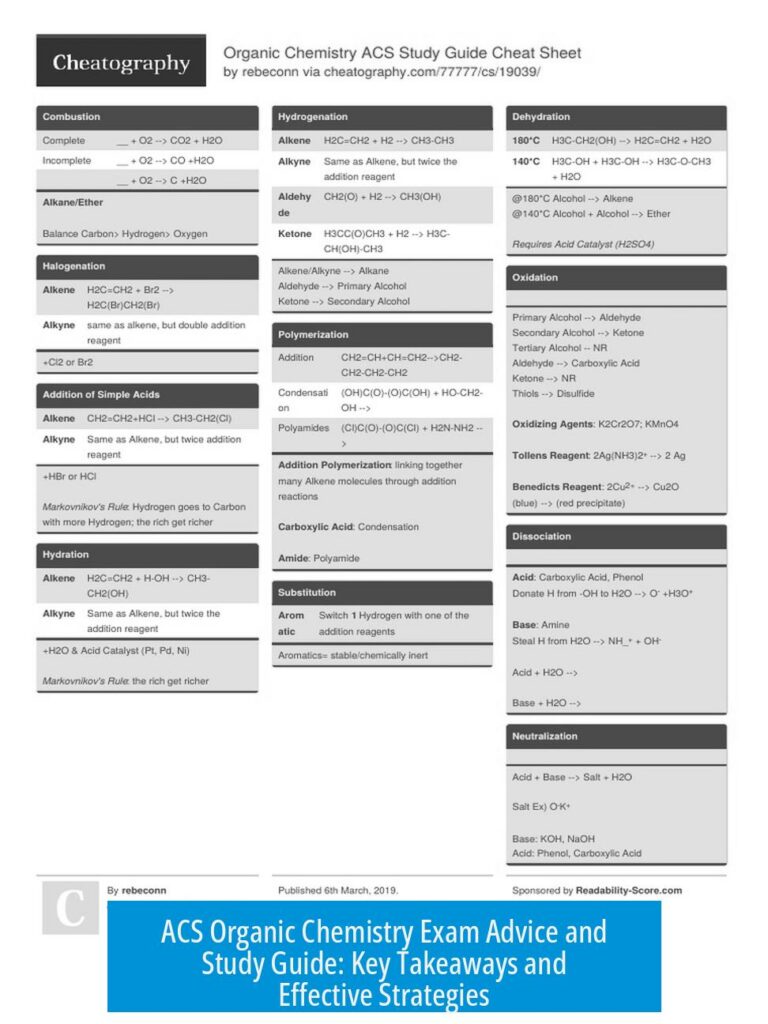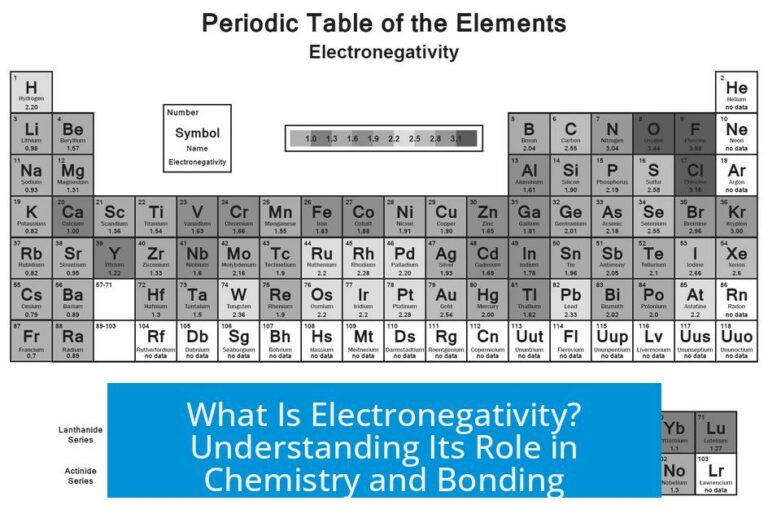Salary Post-PhD and Career Insights in Bioinformatics and Cheminformatics

Post-PhD salary varies widely depending on location, sector, and specific role. Those entering industry, particularly in major hubs like Boston, typically earn significantly more than academic postdocs, with base salaries ranging from $110,000 to $130,000 in big pharmaceutical companies.
Salary Expectations After a PhD
Postdoctoral academic positions generally pay less than industry roles. In cities with strong pharma presence, such as Boston, new PhD graduates entering industry often start with salaries well above $100,000. Employers may also offer signing bonuses. However, the job market fluctuates and can be unpredictable at times.
Geographic Differences in Salary and Job Availability

The US market, especially in areas like Boston, offers more opportunities and higher salaries in bioinformatics and cheminformatics than many European locations. In Europe, the availability of computational biology jobs may be more limited, making job search challenging for recent graduates outside the US. The US tends to have a larger industry base for these fields.
Bioinformatics and Cheminformatics Career Fields
- Drug discovery
- Enzyme engineering
- Computational structural biology
Most computational biology and cheminformatics roles relate to these sectors, often focusing on the development of pharmaceuticals or biotechnological applications.
Additional Career Considerations

Career progression in bioinformatics and cheminformatics can lead to roles in data science, computational modeling, and algorithm development in pharma and biotech. Those with expertise in structural biology have opportunities in both research and applied industry settings.
Summary of Key Points
- Industry salaries post-PhD range widely but often exceed $110,000 in major US cities.
- Academic postdoc positions generally pay less than industry roles.
- US markets, especially Boston, have more job opportunities and higher pay than many parts of Europe.
- Bioinformatics and cheminformatics careers focus on drug discovery and enzyme design.
- The job market can be unpredictable; perseverance and location matter.
Salary Post-PhD in Bioinformatics and Cheminformatics: What to Expect and How to Navigate

Wondering about salary post-PhD in bioinformatics or cheminformatics? Let’s cut to the chase: you’re likely stepping into a world where your paycheck beats the typical academic postdoc’s by a healthy margin. But how healthy exactly? This largely depends on where you work, the company you join, and the specific role you land. In this post, we’ll dig into salary expectations, job market realities, and career advice tailored for freshly minted PhDs in these exciting fields.
Ready to get an insider’s peek? Let’s dive in.
How Much Can You Really Make?
Salary post-PhD in bioinformatics or cheminformatics isn’t a fixed number. It wiggles quite a bit depending on geography, employer type, and job function. For example, if you land a spot in a major pharmaceutical company in Boston right after your PhD, you might see a base salary ranging from $110k to $130k. Toss in a signing bonus, and you might be grinning all the way to the bank.
Compare that to the academic route—a postdoctoral researcher typically earns considerably less, often hovering in the $45k to $60k range depending on location and funding source. So, switching gears and going straight to industry can have a dramatic effect on your income.
But hold that excitement for a second. The job market currently plays hard to get. Depending on when and where you’re looking, positions can be “hit or miss.” It’s no secret that economic shifts, funding cuts, or industry trends could impact availability. This means persistence and flexibility become your best friends.
Location, Location, Location: The Salary Game Changer
If you’re eyeing Europe or the US, your experience will differ markedly. Many who boost their careers in the US market report more industry openings, especially in the biotech hubs along the East Coast. Europe tends to have fewer openings in these disciplines, especially outside major cities. This mismatch can be frustrating if you’re hunting across European countries.
For example, a PhD graduate in computational biology or structural biology based in Europe might experience a tougher job search and sometimes slightly lower pay than peers across the pond. This is not to say Europe doesn’t have opportunities—it absolutely does. But the scale and volume might require you to broaden your net or consider relocating to maximize your salary and career options.
Bioinformatics and Cheminformatics: What Jobs Actually Look Like
You might wonder, what kinds of roles can my PhD open in these fields? Most of the computational biology gigs, particularly those tied to structural biology, tend to cluster in drug discovery and enzyme engineering.
Companies invest heavily in designing new drugs or engineering enzymes for various applications. They rely on bioinformatics and cheminformatics experts to sift through data, model molecular interactions, and predict outcomes. This real-world impact translates not only to exciting projects but often to better pay compared to purely academic jobs.
Cheminformatics roles might also extend beyond pharma into chemical manufacturing or environmental biotech sectors, where your skills optimize chemical processes or analyze large compound libraries.
Are You Curious About Career Details?
If after all this, you’re itching to know more—whether it’s about specific companies hiring, how to tailor your CV, or which programming languages to master in bioinformatics or cheminformatics—don’t hesitate to ask. The community around these fields loves sharing knowledge and helping newcomers find their way.
Tips for Making Your Salary Post-PhD Work for You
- Network strategically: Connect with professionals in your field, especially in industry hubs. This can uncover hidden job leads that don’t hit job boards.
- Tailor your skills: Focus on gaining expertise that industries value—think programming (Python, R), molecular modeling software, or machine learning techniques.
- Consider relocation: If salary and job availability are priorities, don’t shy away from moving to thriving biotech clusters.
- Stay flexible: The job market may be unpredictable, so consider contract roles or short-term projects to gain industry experience.
- Negotiate like a pro: When you get an offer, remember companies expect negotiation. Research market rates, understand your worth, and be assertive.
A Real-World Perspective
“Coming out of my PhD in bioinformatics based in Europe, I struggled initially to find relevant industry roles. But expanding my search to the US allowed me to land a great role in Boston’s big pharma, where my salary doubled compared to typical postdoc pay. It was worth the leap!”
This story reflects many postdocs’ experiences—sometimes stretching beyond comfort zones and borders is key to unlocking rewarding jobs and salaries.
In Conclusion: Salary Post-PhD in Bioinformatics and Cheminformatics
The salary you can expect after your PhD depends heavily on three things: where you choose to work, what kind of employer you land with, and the current state of the job market. Jumping straight into big pharma or biotech in a major market like Boston offers competitive pay—$110k+ base salaries and bonuses. Academic postdoc pay doesn’t often reach these heights.
Europe offers exciting roles but with more variability in availability and salaries. Many computational biology positions revolve around drug discovery and enzyme engineering, providing meaningful and well-paid work. Staying nimble, cultivating the right skills, and targeting opportunities wisely will give your post-PhD career a strong launch.
Still wondering what’s next after your PhD? What’s your top concern about salary or job hunting? Feel free to ask—this field is evolving rapidly, and sharing information helps us all move forward smarter.
What salary can I expect right after completing a PhD in bioinformatics or cheminformatics?
In big pharma companies in cities like Boston, base salaries range from $110,000 to $130,000. This often includes a sign-on bonus. Salaries vary widely depending on location, company, and role.
How does industry salary compare to academic postdoctoral positions?
Industry positions typically pay more than academic postdocs. Postdocs often have lower salaries and fewer benefits compared to industry roles, which tend to offer better compensation packages.
Are there differences in job availability and salary between the US and Europe?
Yes. The US has a larger industry presence, especially in bioinformatics and cheminformatics, which can mean more job openings and potentially higher salaries. Europe offers opportunities but may have a tougher job market in this field.
What sectors commonly hire bioinformatics and cheminformatics PhDs?
Most computational biology and cheminformatics positions focus on drug discovery and enzyme engineering. These sectors rely heavily on structural biology and computational skills.
Can I get more advice about careers in bioinformatics or cheminformatics?
Yes, experts and recent PhD graduates in these fields are open to answering specific questions about job prospects, skills needed, and industry trends. It’s helpful to reach out for tailored guidance.





Leave a Comment